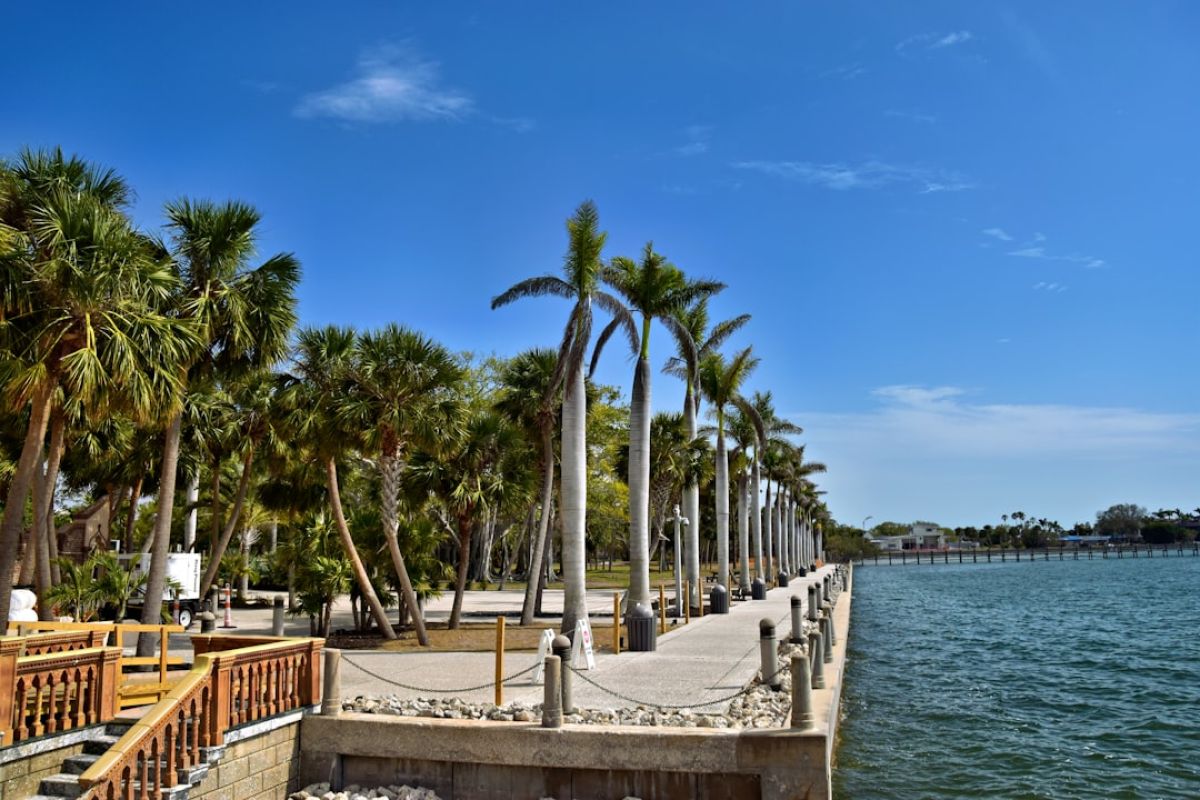Naples & Fort Myers Face Workforce Housing Crunch

## Paradise Lost? Navigating the Workforce Housing Crunch in Naples, Florida
Sun-kissed beaches, swaying palms, and the gentle lapping of turquoise waves – Naples, Florida, paints a picture of idyllic coastal living. But beneath this shimmering façade lies a growing unease, a whisper turning into a roar: the workforce housing crisis. It’s the elephant in the meticulously landscaped room, impacting everyone from teachers and nurses to firefighters and restaurant servers, the very people who keep our paradise running smoothly. And if we don’t address it, the dream of Naples could become unattainable for the very people who make it tick.
This isn’t just a problem confined to newspaper headlines or hushed conversations at City Council meetings. It’s a tangible issue impacting real people, our neighbors, the friendly faces we see every day. The barista who makes your morning latte, the firefighter who rushes to emergencies, the teacher who shapes young minds – they’re all grappling with the soaring cost of housing in Naples. And frankly, it’s not just about affordability; it’s about the very fabric of our community. How can we sustain a vibrant, thriving city if the people who contribute so much can’t afford to live here?
Let’s ditch the abstract jargon and talk real-life Naples. Imagine a young couple, both working professionals, maybe a nurse at NCH Healthcare System and a teacher at Gulf Coast High School. They’re committed to serving our community, but they’re finding it increasingly difficult to find a decent place to live that doesn’t eat up a disproportionate chunk of their income. They’re competing with wealthy retirees and second-home owners, driving up prices beyond their reach. This isn’t an isolated incident; it’s the new normal for many hardworking individuals and families in Naples.
The statistics paint a stark picture, echoing the concerns voiced in local communities. The median home price in Naples hovers around the million-dollar mark, a figure that’s simply out of reach for the vast majority of our workforce. Rental costs are equally daunting, with even modest apartments commanding exorbitant prices. These figures aren’t just numbers on a spreadsheet; they represent real anxieties, real struggles faced by our neighbors.
So, why is this happening? Well, it’s a complex issue with a confluence of factors. The desirability of Naples is a double-edged sword. The influx of wealthy residents and seasonal visitors drives up demand, pushing prices skyward. Limited land availability exacerbates the problem. We’re nestled between the Gulf and the Everglades, which naturally restricts development. And while this preserves our natural beauty, it also creates a finite supply of housing in a high-demand market.
Furthermore, zoning regulations often prioritize larger, single-family homes, leaving fewer options for multi-family dwellings and affordable housing developments. While maintaining the character of our neighborhoods is important, we need to strike a balance between preserving aesthetics and providing housing for all segments of our community. We can’t afford to become a city exclusively for the affluent.
But what can we do? Hand-wringing and complaining won’t solve the problem. We need concrete solutions, collaborative efforts, and a commitment to creating a more inclusive Naples. Here are a few ideas being discussed, and it’s crucial for us, as residents, to engage in these conversations and advocate for change:
* **Incentivizing developers:** Offering tax breaks and expedited permitting processes can encourage developers to build more workforce housing. This requires a shift in mindset, prioritizing the needs of our workforce alongside the desires of high-end developers.
* **Exploring density bonuses:** Allowing developers to build higher or denser structures in exchange for including a percentage of affordable units can increase the supply of workforce housing without drastically altering the character of our neighborhoods. This requires careful planning and community input to ensure responsible development.
* **Revisiting zoning regulations:** Modernizing zoning codes to allow for more diverse housing types, such as accessory dwelling units (ADUs) and smaller, multi-family dwellings, can create more affordable options. Imagine the possibilities if we could transform underutilized spaces into vibrant, affordable housing.
* **Community Land Trusts (CLTs):** CLTs are non-profit organizations that acquire and hold land, ensuring long-term affordability for residents. This model has been successful in other communities and could be a valuable tool in Naples.
* **Employer-assisted housing:** Local businesses, particularly larger employers like NCH Healthcare System and Collier County Public Schools, can explore options for providing housing assistance to their employees. This could take the form of down payment assistance, rental subsidies, or even the development of dedicated employee housing.
This isn’t just about bricks and mortar; it’s about people. It’s about ensuring that the teachers who educate our children, the nurses who care for our sick, the firefighters who protect our homes, and the service workers who keep our economy running can afford to live in the community they serve. It’s about creating a Naples where prosperity is shared, not confined to a privileged few.
The future of Naples hinges on our ability to address this critical issue. We need a collaborative effort involving residents, local government, businesses, and non-profit organizations. We need to move beyond rhetoric and embrace concrete solutions. We need to have honest conversations about the trade-offs and compromises necessary to build a more inclusive community. The challenge is significant, but the stakes are even higher. The time to act is now. Let’s work together to ensure that Naples remains a paradise for all, not just a select few. Let’s build a Naples where everyone, regardless of income, can afford to call it home.